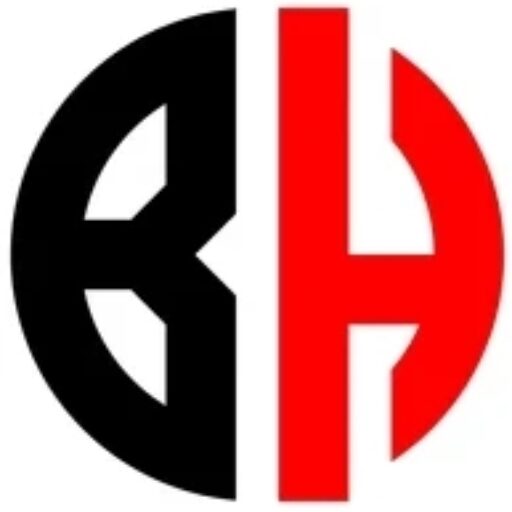By BoxingHit Staff-
Born in Boston, Massachusetts in 1858, John L. Sullivan emerged as an extraordinary figure in the annals of boxing history. Standing at 5’10” and weighing around 190 pounds, Sullivan earned the moniker “The Boston Strong Boy” not merely for his physical prowess, but also for his larger-than-life persona. Possessing an insatiable zeal for competition, a love for revelry, and a fearless disposition, Sullivan became one of the most formidable fighters of his era. His life unfolded swiftly; he fought hard, drank heavily, and sadly, met an early death at just 59 years of age. Yet within that brief lifespan, he captivated audiences and built a legacy that echoed through the ages—making him a prime candidate for the title of the “greatest fighter who ever lived.”
Sullivan’s boxing career began before the sport had adapted the more regulated and safer styles that we see today. Prizefighting during Sullivan’s time was brutal and unrelenting, often without the protective padded gloves that fighters wear now. Instead, bouts were conducted bare-knuckle, accentuating the raw power and competitiveness of the fighters. Sullivan’s prowess in this environment was unmatched, as he regularly dispatched opponents who dared enter the ring, confirming his status as the reigning heavyweight champion and feared adversary of his day.
The historic clash between Sullivan and Jake Kilrain, which took place on July 8, 1889, stands as one of the defining moments in Sullivan’s career and indeed the history of boxing. This bout, the last bare-knuckle title fight, represents not merely a contest for a championship but a test of endurance and will against the harsh backdrop of midday Mississippi heat. The fight drew an astonishing crowd of nearly 3,000 spectators, highlighting Sullivan’s massive popularity and the public’s appetite for such thrilling spectacles.
On the day of the fight, conditions were nearly unbearable as temperatures soared to a sweltering 100 degrees in the shade. For those involved, the ordeal was not just about winning or losing; it was a grind against the elements and one’s physical limits. Sullivan, who’s well-known for his insatiable drinking habits, claimed that no one could withstand four rounds with him. As the match began, he had a forbidding reputation to uphold—59 victories straight without a challenger lasting past four rounds. Yet, Kilrain—a clever and skilled boxer with his own ambitions—planned to exploit any perceived weaknesses in Sullivan’s legendary stamina.
In the early rounds, Kilrain executed his strategy effectively, avoiding confrontations that would allow Sullivan to capitalize on his raw power. Instead of engaging in a slugfest, Kilrain relied on his agility and ring acumen, much to Sullivan’s chagrin, who frustratedly called for Kilrain to fight. Yet despite this unconventional game plan, Kilrain managed to land a stronger blow, ultimately drawing blood from Sullivan by the seventh round. This moment signalled a turning point, as Sullivan soon responded by scoring the first knockdown of the fight.
What ensued over the subsequent 30 rounds can only be characterized as a veritable war. Both fighters were relentless, showcasing extraordinary resilience as their bodies bore the brunt of the physical toll. Each round served not only as a test of combat skill but also a psychological battle against the pain and fatigue that mounted with every minute of the scorching challenge. As the hours wore on, Sullivan began to assert his dominance, demonstrating that his penchant for drinking did not diminish his ability to endure a prolonged battle.
Ultimately, the fight concluded after an unthinkable two hours and 16 minutes of grueling combat, declared over when Kilrain’s corner received the doctor’s grim verdict: allowing him to continue would be tantamount to risking his life. The legacy of John L. Sullivan was thus firmly cemented; he had triumphed in one of the most significant bouts in boxing history, exemplifying what it truly meant to be a champion. The end of this fight also marked the end of an era of bare-knuckle boxing, paving the way for more modern and regulated combat sports.
John L. Sullivan’s story transcends the timeline of his fight career. His persona embodied the raw essence of boxing—a blending of grit, charisma, and violent spectacle. From his brawls in bare-knuckle matches to his notorious off-ring escapades, Sullivan defined the spirit of his time. Even after losing to Jim Corbett in the first heavyweight title match under Marquess rules, Sullivan’s impact on the sport remained unprecedented. He passed away in February 1918 but left behind not just a legacy as a legendary fighter but also as a cultural icon, celebrated and remembered as one of the titans of the sport, a fighter whose name will forever echo through the halls of boxing history.


Leave a Reply